Our top 10 proudest union moments
How unions have changed Australia
Unionism has been pretty important in Australia since the beginning of British colonisation. We’ve stuck up for workers every step of the way and helped improve the lives and working conditions for everyone.
And although we’ve still got a lot of work to do to help women, Indigenous people, migrants and other marginalised workers win justice and equality, there’s also a huge amount of which our movement should be really, really proud.
The brutal conditions faced by first convicts and Indigenous defiance of colonialism, helped form a culture of resistance. As time went on, it gradually merged into unionism.
Whether this is your first experience of being part of a union or your family has been proud members of unions for generations, you’re joining a rich history. Pay rises, work life balance, even holidays – they’re all thanks to hard-fought battles by unionists.
Here are our top 10 proudest union moments that have changed Australia for the better.

1. An 8-hour day and 4 weeks holiday a year
The first official unions were formed in around 1855 and one of the most important were the Stonemasons’ Societies. They went on strike to demand an eight-hour working day. They insisted that, as well as working hard, they had the right to some rest and recreation. We now call this work/life balance.
They won, and it was a standard that would be later adopted worldwide. However, it wasn’t until 1970 that four weeks of annual leave became standard (after a campaign by the NSW construction workers union) and this allowed workers to get a decent break.
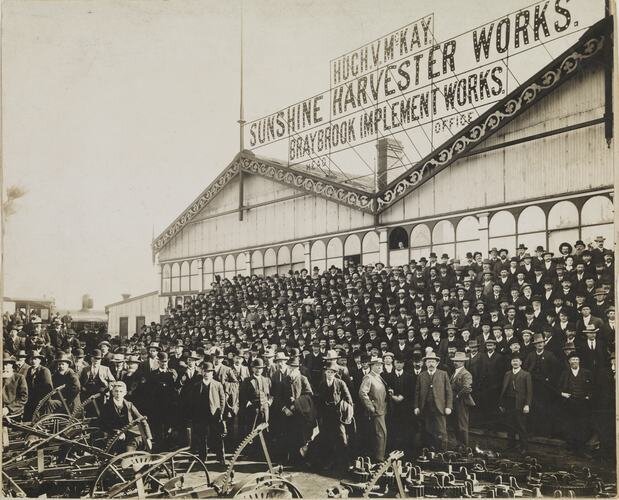
2. A fair minumum wage
Now that people were working a fair day, it was time for them to earn a fair pay. In 1904, the Conciliation and Arbitration Court was created which was a new way to manage industrial relations. It led to the creation of the minimum wage thanks to the Harvester Judgement in 1907.
The President of the Court, Henry Bourne Higgins, interviewed not only male workers but also their wives, to work out how much a person needed to live and feed their family. This was the first time a person’s wage was determined by their needs, not what the company wanted to pay, and enshrined the concept that the minimum wage must be a living, wage.
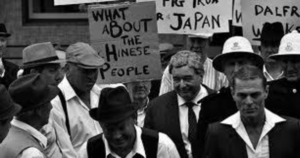
3. Fighting militarism, fascism and apartheid
During the 20th Century World Wars, unions helped protect the rights of workers. We fought against conscription in the First World War, saying Australians should be able to choose if they want to fight and die.
In the Second World War, we fought against fascism. In 1938, Waterside Workers’ Federation members at Port Kembla, near Wollongong, refused to load pig iron onto ships that were bound for Japan. They didn’t want to send iron that would make bullets to be used on the Chinese.
From the late 1940s, Australian unions began to organise in support of black South Africans‘ fight against its racist apartheid laws, with waterside workers joining a global boycott of South African ships. This boycott was álso extended to sporting tours.
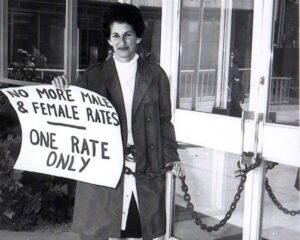
4. Equal pay for women
The gender pay gap still exists to this day and as unions, we’re still fighting to close it. However, there was a time when it was legal to not pay women as much as men.
In 1882, the clothing manufacturing company Beith Shiess & Co wanted to reduce the wages of female workers. The women formed the Tailoresses Union and went on strike to demand decent pay. They won.
However, the fight for equal pay continued. Women such as Murial Heagney and Zelda D’Aprano were two of the most influential campaigners. In 1969, Zelda even chained herself to the doors of the Commonwealth Building in Melbourne in protest for equal pay – on her lunch break!
In 1972, the Arbitration Court finally agreed to equal pay for work of equal value.
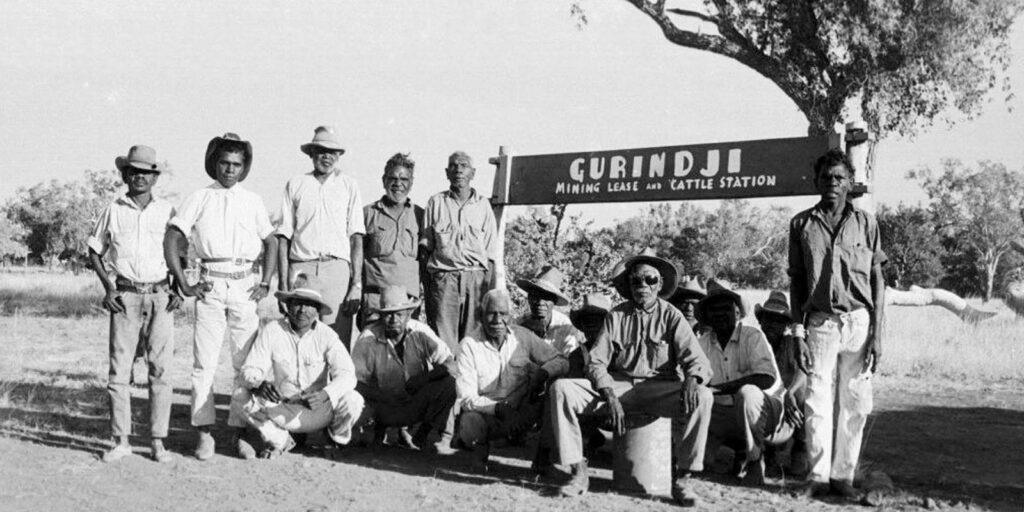
5. Justice for Indigenous Australians
It wasn’t just women who had to fight to be paid fairly. Indigenous Australians have faced centuries of racism and inequality and were forced to work for white business that took their ancestral home for farmland.
To stay on their land, they had to provide cheap labour to support cattle and sheep stations in the Northern Territory. The wages they got were up to 50% lower than white people in similar jobs. Some Indigenous people received nothing.
In 1966, 200 Gurindji stock workers, domestic workers, and their families started a strike at Wave Hill station. It led to a 7-year dispute but eventually resulted in Australia’s first land rights legislation being passed.

6. Injury and asbestos payments
We’ve always fought hard for workers, particularly when people’s health and safety might be affected. We have made Australian workplaces infinitely safer. In the 1950s, we started campaigning against using asbestos in construction and mining sites because we knew it was linked to cancer.
But businesses like James Hardie continued to manufacture asbestos and avoid responsibility. In 2007, after a huge campaign, we won justice for asbestos victims with compensation deals for former workers.
It’s not just asbestos – we think anyone who is injured on the job should be paid while they recuperate. In the 1970s, the Building Workers’ Industrial Union organised strikes and marches to highlight the fact that workers weren’t being paid properly when they’re injured at work. In the end, they won their claim and injured workers would receive full pay while they recuperated.
7. Building a better healthcare and welfare system
Our universal healthcare system, Medicare (formerly known as Medibank) was established in the 1970s by Labor PM Gough Whitlam. But Liberal Party PM Malcolm Fraser wanted to destroy it. In 1976, unions organised a national strike to defend it when no one else would.
By the time former ACTU President Bob Hawke was PM in the 1980s, we were there to help rebuild it. Bob Hawke also helped build new welfare payments and increased childcare provisions, making it easier for parents to work.
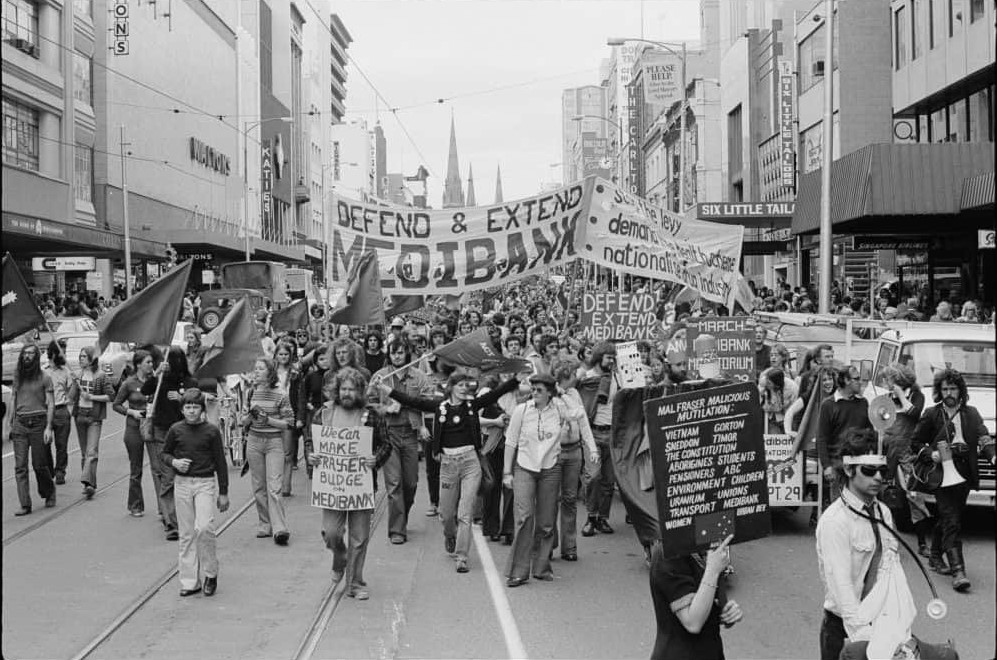
8. Compulsory superannuation scheme
When you retire, every Australian worker should have a lump sum in their superannuation account that has been paid by all the employers they’ve had over the years. Being able to retire with dignity isn’t something that was always a right for Australian workers. Unions fought hard for it.
Around the 1970s, unions like the Building Workers, Meatworkers, the Pulp and Papermakers, and the Storemen and Packers launched their claims for employer-supported superannuation funds.
All the hard work eventually paid off, leading to universal superannuation in the 1980s and early 1990s.
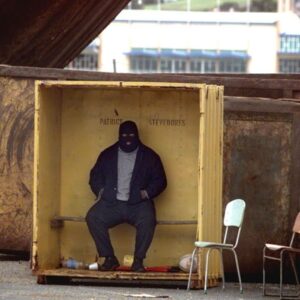
9. Defending basic workplace rights
John Howard, our Liberal PM in the 1990s and 2000s, seemed intent on destroying unions, so he could then cut wages and reduce people’s basic rights at work. Big business jumped on his new laws, trying to de-unionise their workforce, but unions fought back.
In the 1998 Maritime Dispute, the Patrick Corporation tried to sack its unionised workforce and replace them with non-union workers. The union workers fought back and won the dispute, with massive support from across our movement.
Howard wasn’t done there though. He tried to introduce Work Choices which would reduce union power and allow employers to negotiate individual contracts that could undercut a worker’s existing pay and conditions.
However, so fierce was the backlash that we helped overthrow Howard as PM in 2007 and he even lost his own seat in Parliament.
10. COVID-19 support
During the pandemic, unions sprung into action. Many of our members were left without work, so we made sure they weren’t laid off. They continued to receive income support and stayed connected to their workplace.
One example is the Flight Attendants Association of Australia, which helped members find other secure employment while planes were grounded.
We fought for the JobKeeker wage subsidy and campaigned for paid pandemic disaster leave for all workers. The Morrison government initially resisted, but we kept fighting and won.
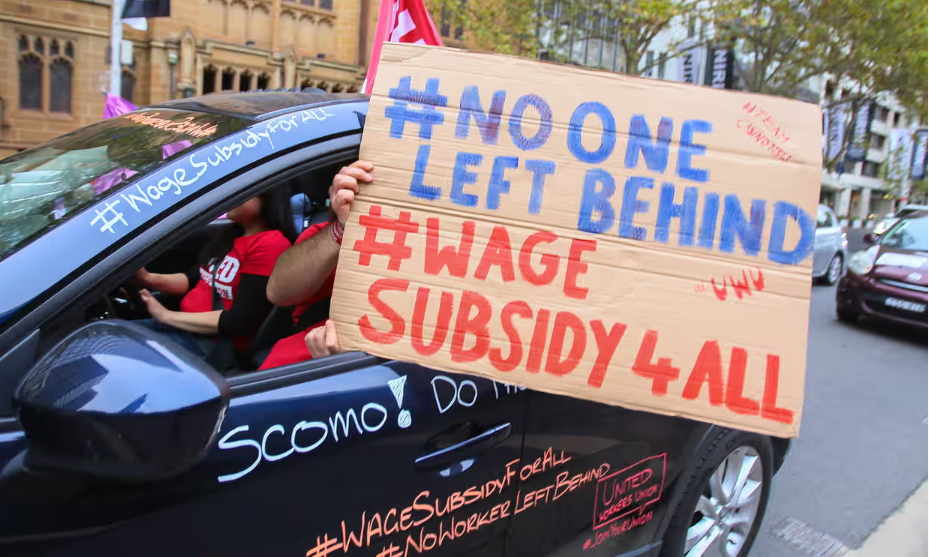
What’s next for unions?
The achievements of Australian unions are testament to the power of unity and collective action. But we’re not done yet. We’re working towards some enormous challenges in the future, including:
- Fighting the explosion of insecure work by campaigning for secure jobs and regulating the gig economy.
- Tackling the climate crisis.
- Fighting to make workplaces free from sexual harassment, gendered violence, and discrimination.
- Campaigning to raise wages for millions of workers on awards and closing the gender pay gap.
- Standing in solidarity with First Nations Australians.
We have a pretty impressive history of achieving worker wins and making Australia a much better place to live – but we still have a lot more to do. The question is – do you want to join us and be part of history?
Interested in learning more? Join UWU now to fight for higher wages and a better standard of living for all working Australians.

